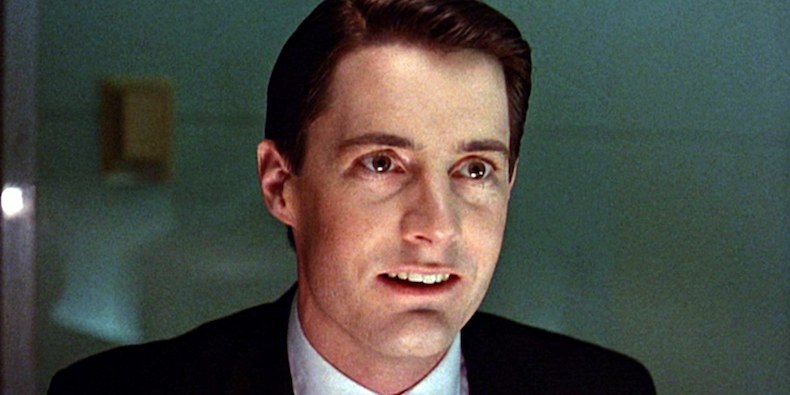
“Twin Peaks: Fire Walk with Me” is arguably the most divisive work of David Lynch’s career. Famously booed at Cannes when it premiered in May 1992, the film was eviscerated by the press upon mainstream release. Roger Ebert hated it so much he refused to review it. Vincent Canby, writing for The New York Times, declared, “It’s not the worst movie ever made; it just seems to be.”
Even a then little-known director by the name of Quentin Tarantino jumped on the bandwagon, delivering the most scathing — and hilarious, considering who we’re talking about here — indictment of the film to date: “After I saw ‘Twin Peaks: Fire Walk With Me’ at Cannes, David Lynch had disappeared so far up his own ass that I have no desire to see another David Lynch movie until I hear something different.”
Pretty savage stuff for a film based on a critically-acclaimed television series that drew nearly 35 million viewers when it premiered on ABC in 1990. Centered on the murder of the town’s homecoming queen, the show — created by Lynch and Mark Frost — immediately kick-started a cultural phenomenon, including book tie-ins, merchandising, and mass fervor, all centered around one big mystery: who killed Laura Palmer?
Although Lynch checked out of series after getting pressured into revealing the identity of her killer (spoiler: it’s her dad), his interest in Laura never waned. After securing $10 million from a French film-financing company, he announced — just one month after ABC cancelled the show at the end of its second season due to huge drops in viewership — his plans to bring her story to the big screen.
Billed as a prequel, “Fire Walk with Me” focuses on Laura’s final days and the murder of fellow messed-up teenager, Teresa Banks. By the time it was released, however, audiences had cooled to the show and to its living dead girl heroine; it made just $1.8 million on its opening weekend in the U.S. and grossed $4.2 million total in North America. (It was a hit in Japan though.)
Bad reviews coupled with anemic box office returns helped transform “Fire Walk With Me” into an asterisk, both on the show’s legacy and on Lynch’s career (he wouldn’t make another film for five years). For movie nerds and “Twin Peaks” completionists, it became something of a viewer-beware curiosity — the big-screen equivalent of a heaping spoonful of garmonbozia. In a word: trash.
But one generation’s trash can easily turn into another’s recovered treasure. With the premiere of season three last month on Showtime, fans and critics alike are giving “Fire Walk with Me” another glance. And while on the surface, the film is still every bit the terrifying nightmare odyssey that it was 25 years ago, it’s exploration of addiction and the cycle of abuse feels deeply ahead of its time.
“Fire Walk with Me” is the story of a young girl victimized by violence, incest and a culture of silence that pervades her entire town. With it, Lynch — who as an auteur, made his reputation on weirding people out with films like “Eraserhead” and “Blue Velvet” — delivers the most provocative, emotionally forthright storytelling of his career and in the process, created a masterpiece.
1. The film restores Laura’s agency
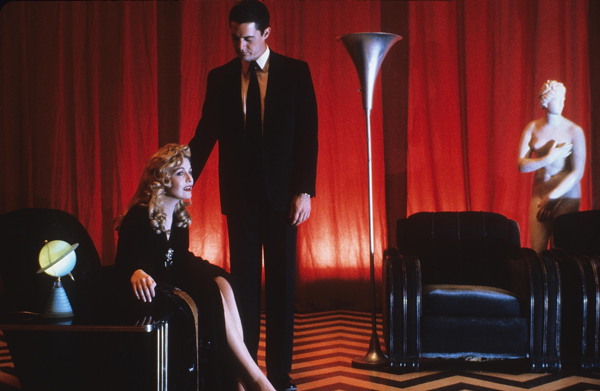
“Fire Walk with Me” developed out of perhaps the purest of storytelling aims: Lynch’s desire to tell the story of a dead girl who never got to speak for herself and whose death was fetishized by millions of people.
“I always loved Laura Palmer,” Lynch told The Guardian in 2014. “And in the series she’s dead, so I loved the idea of seeing the last week of her life.”
When “Fire Walk with Me” starts, it’s clear Laura’s lost, but what becomes clearer as the film unfolds is that it’s not about fetishizing her death or exploiting her abuse. Instead, it’s about the subtle but meaningful ways in which she tries to rage against the horror unfolding around her and fight to overcome her abuser. In the process, the film restores her agency and most importantly, gives her a voice.
Another crucial component is that the more we get to know her, the more we realize that Laura Palmer is an imperfect victim. One of the great strengths of “Fire Walk with Me” is that she’s allowed to be. Her struggle to survive doesn’t lose any of its resonance or intensity because she’s also a sex worker with a cocaine addiction. In fact, by depicting Laura in such a multifaceted way and showing her fight for it, the film challenges enduring stereotypes about innocence and “good” victimhood.
2. Sheryl Lee’s performance is fearless
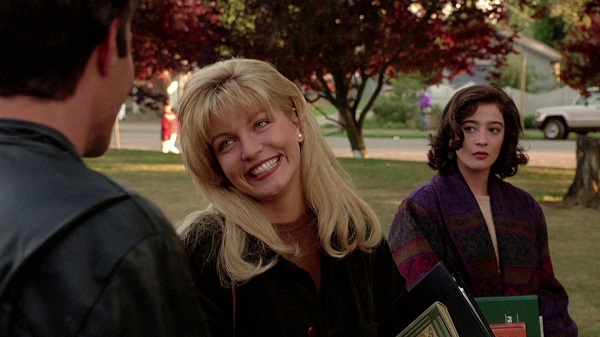
Nominated for an Independent Spirit Award for her work in the film, Lee delivers a tour-de-force performance that’s as gut-wrenching as it is dangerous. As Laura, she’s performing as a young girl frayed at the seams, teetering on the edge of destruction and torn between pulling back and diving in, full force.
As any viewer knows, there’s more to Laura Palmer than meets the eye. In “Fire Walk with Me,” just because she’s living doesn’t make her any less of a mystery. Lee flits from one persona in Laura to another — from femme fatale to manipulative junkie; from homecoming queen to depressive, spiraling into the deepest caverns of despair.
Her screams sound feral. Her tenderness, caught in stray glances, makes you wish you could leap in and rescue her yourself. She’s a whirlwind, but anchored by Lee’s incredible performance, she’s also a force to be reckoned with.
3. An unflinching look at incest and abuse
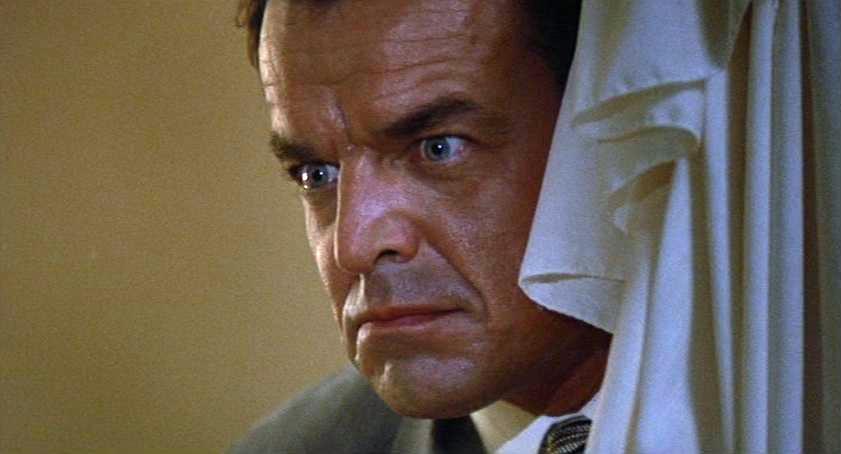
There’s no getting around it: “Fire with Walk Me” is a horrifying film about the terror of physical and emotional abuse. It’s also a devastating examination of incest, looking at the effects it has on both a victim and an abuser. While ostensibly Laura’s abuser is acting under the influence of BOB, the film is at its most effective — and its most brutal — when you realize it’s still her father acting behind all of it.
All abusers wear a mask to some extent — the face they present outwardly and the one they show to their victims — and what “Fire Walk with Me” clearly establishes is that Leland exhibits classic abusive characteristics with or without BOB. The dinner scene where he castigates Laura for not washing her hands before coming to the table is one of the unsettling scenes in the film, depicting how evil can take root even in the most quintessential middle-class families.
The film also establishes there isn’t a person in Twin Peaks who has interacted with Laura and doesn’t know in some way that she’s in trouble. Some with understanding of the Black Lodge – like the Log Lady and Mrs. Chalfont and her grandson – are fully aware of the scope of what’s happening to Laura, but beyond cryptic asides, do virtually nothing.
Others, like Leo, Bobby, James and even Donna, know less but are aware of her involvement with drugs and sex work. Similarly, they do nothing. This is a town full of people who all profess to love Laura, yet none of them care enough to stop and truly help her.
In this sense, the community fails her and gives her abuser the opportunity to escalate the violence. Altogether, it’s a powerful statement about the bleakness of abuse and the horror that a culture of silence can help perpetuate.
4. Angelo Badalamenti’s dreamy score
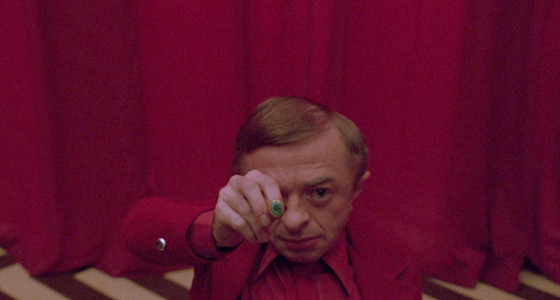
Fans of the series were already familiar with Badalamenti’s iconic score by the time the film rolled around. The challenge with “Fire Walk With Me” was to create a similar dream-like feel, while also striving to stay unique and evocative.
Although he also scored a number of non-Lynch movies, including “Nightmare on Elm Street 3: Dream Warriors” and “National Lampoon’s Christmas Vacation,” Badalamenti is best known for his enduring collaboration with Lynch. They started working together on the set of “Blue Velvet” and he subsequently scored “Wild at Heart,” “Lost Highway,” and Lynch’s other works.
Badalamenti infuses the score here with sadness and longing. The main theme for “Fire Walk with Me” is full of brooding and a sense of ominousness, which infiltrates the entirety of the film. But it also creates juxtapositions: the tenderness of “Questions in a World of Blue” feels deeply at odds with what’s unfolding for Laura, who herself is swirling in a world of residual blue as she gets propositioned by two men for sex shortly after the song plays.
Other songs, like “The Pink Room,” are lusty and pounding, while “The Black Dog Runs at Night,” used to terrifying effect in a scene with Teresa and Leland, pulsates with operatic intensity.
5. Lynch uses duality to reveal key themes
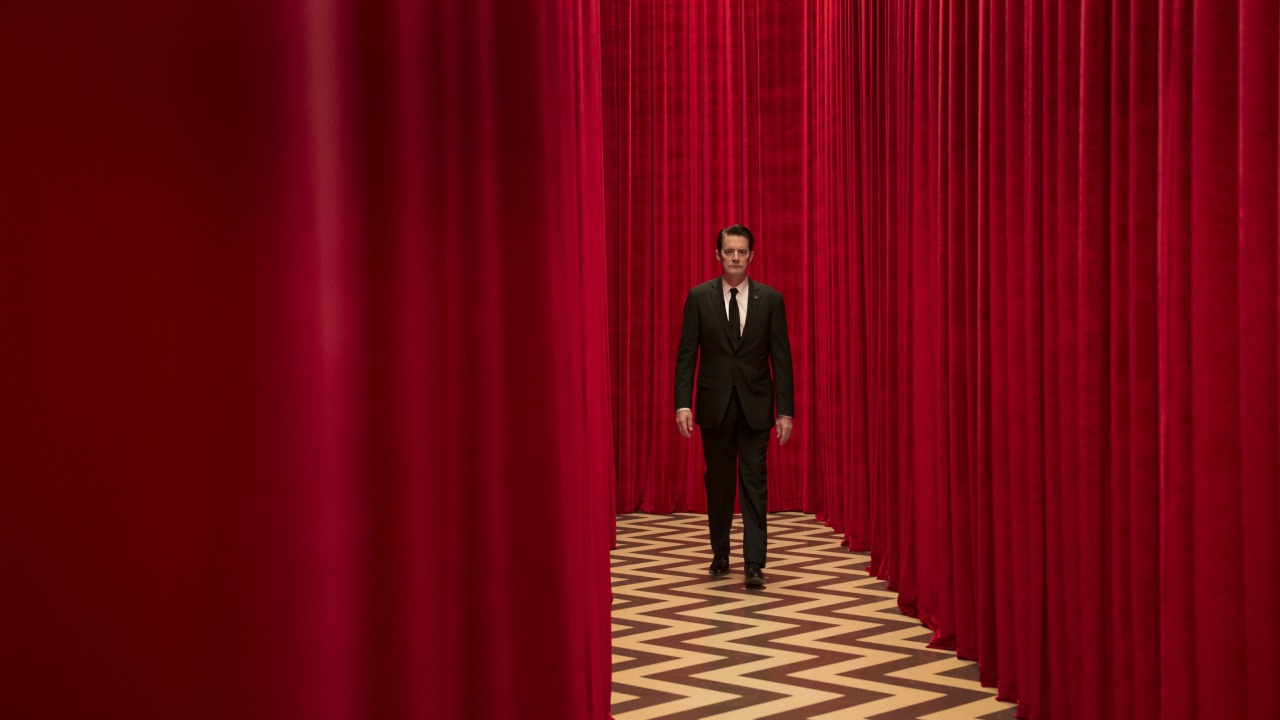
Although “Fire Walk with Me” is technically labeled as a prequel, it follows a nonlinear structure. Parts of it feel like a bizarro version of the “Twin Peaks” pilot, particularly the first 20 minutes of the film, which focus on the murder of Teresa Banks, a young woman who like Laura, is found wrapped in plastic and floating down a river.
We quickly discover that Teresa has other parallels to Laura: she’s an addict, a sex worker and she has a relationship with Leland. However, she doesn’t present respectability in the way Laura does and as a result of this, she lives a rougher, leaner existence on the outskirts of a trailer park.
Deer Meadow works as a seedier mirror image of Twin Peaks. The cops are dumb and hostile. The coffee is sludge. The town diner is run by a gravel-voiced crone. An old woman in the trailer park leers and lumbers around like a dirtier version of the Log Lady.
The parallels again are clear — and what’s also clear is the community thoroughly does not care about this young woman or her murder. Is the point just to lampoon Twin Peaks or to say something stronger? Deer Meadow gives audiences a grittier sense of how a small rural community might treat the death of one of its troubled own, which is a stark contrast to how things are presented on the show.
This use of duality isn’t new to Lynch’s work, and it appears in other ways even throughout “Fire Walk with Me.” The dynamic between Laura and Donna (dirty vs. innocent), and even Laura and Ronette (damned vs. saved) in the final moments of the film are used by Lynch to explore themes of innocence and redemption.
6. It’s a different vision from the television series
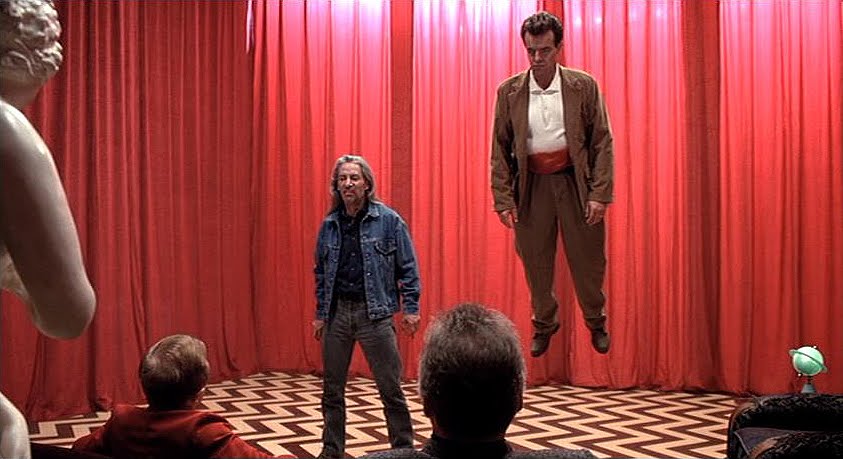
Lynch isn’t always in the habit of using on-the-nose symbolism to make his purposes known. In fact, you could argue that part of his strength as a filmmaker is that he doesn’t often go for those kinds of ploys. But right from the opening shot of “Fire Walk With Me,” where an ax smashes straight into a television set, it’s clear what he’s about to do. He’s planning to use the film to take a metaphoric ax to the series that inspired it.
Part of that may be because so many big elements from the show were missing from the film to begin with. Lynch’s relationship with co-creator Mark Frost was strained during the show’s second season and Frost didn’t collaborate with him on the film. Series regulars Lara Flynn Boyle, Richard Beymer and Sherilynn Fenn didn’t return for the film either. Kyle MacLachlan — who initially turned down the offer to reprise his role as Cooper — only makes a brief appearance.
It’s unclear though just how significant a role any of them would have played even if they had appeared. Although Lynch originally shot more than five hours of footage, most of it ended up on the cutting room floor in order to trim the film’s run time and focus the narrative more on Laura.
These scenes have since resurfaced as part of “The Missing Pieces,” which are included in the “Twin Peaks: The Entire Mystery” set, and while they shed some light on the characters, they don’t offer much in the way of fan-service, either.
The absence of many townspeople definitely leaves a clear mark on the film. While it probably alienated most of the the audience, it’s actually one of the film’s core strengths because it helps creates a sense of isolation, which is important for Laura’s story. The town that viewers felt they knew from the series doesn’t feel the same. Forced to look at it from Laura’s perspective, the town of Twin Peaks feels smaller, darker and more foreboding.
“Fire Walk with Me” represents an overall huge tonal shift away from the style and pace of the series. The humor, quirkiness and charm that helped give “Twin Peaks” a distinctive feel just isn’t here. But its absence helps make room for Lynch’s singular vision, which is altogether darker, daring and more disturbing.
Author Bio: Shayna Murphy is a Boston-based writer who really enjoys going to midnight movies. Her work has appeared in Pop Matters, Brattle Film Notes, Boston Hassle and other publications. Follow her on Twitter at shkmurphy.